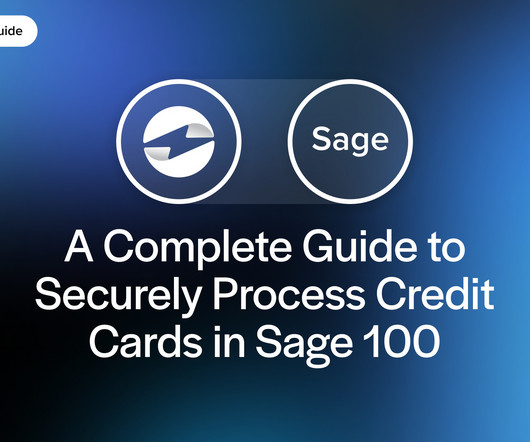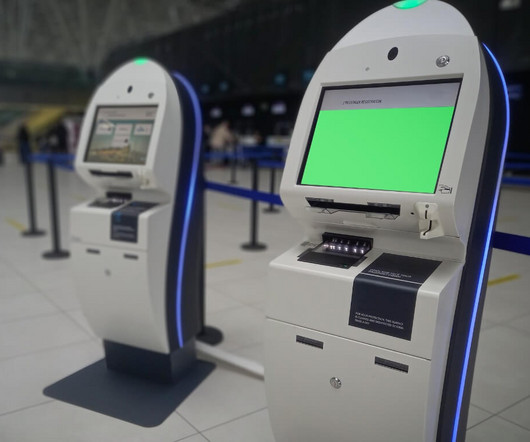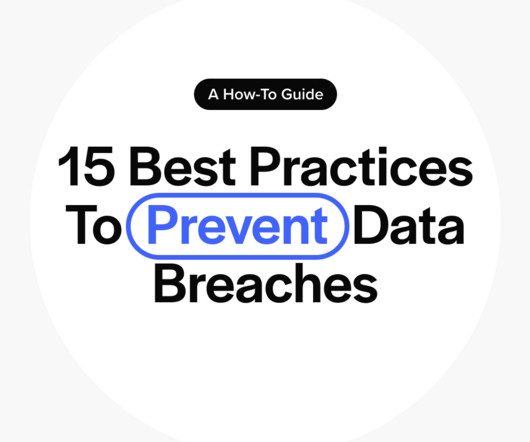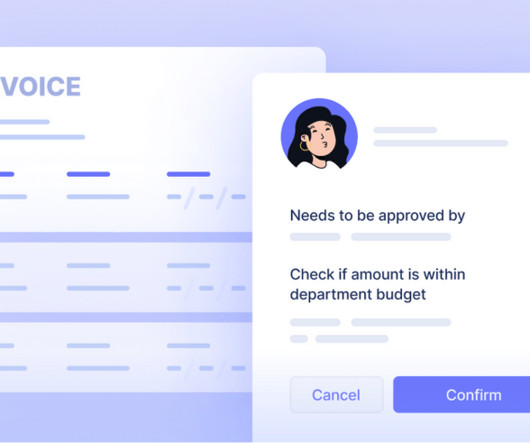A Complete Guide to Securely Process Credit Cards in Sage 100
EBizCharge
MARCH 18, 2025
By adhering to these standards, businesses can reduce data breach risks and maintain regulatory compliance. Tokenization and encryption: Tokenization replaces credit card details with unique tokens with no exploitable value, preventing hackers from accessing sensitive data.













Let's personalize your content